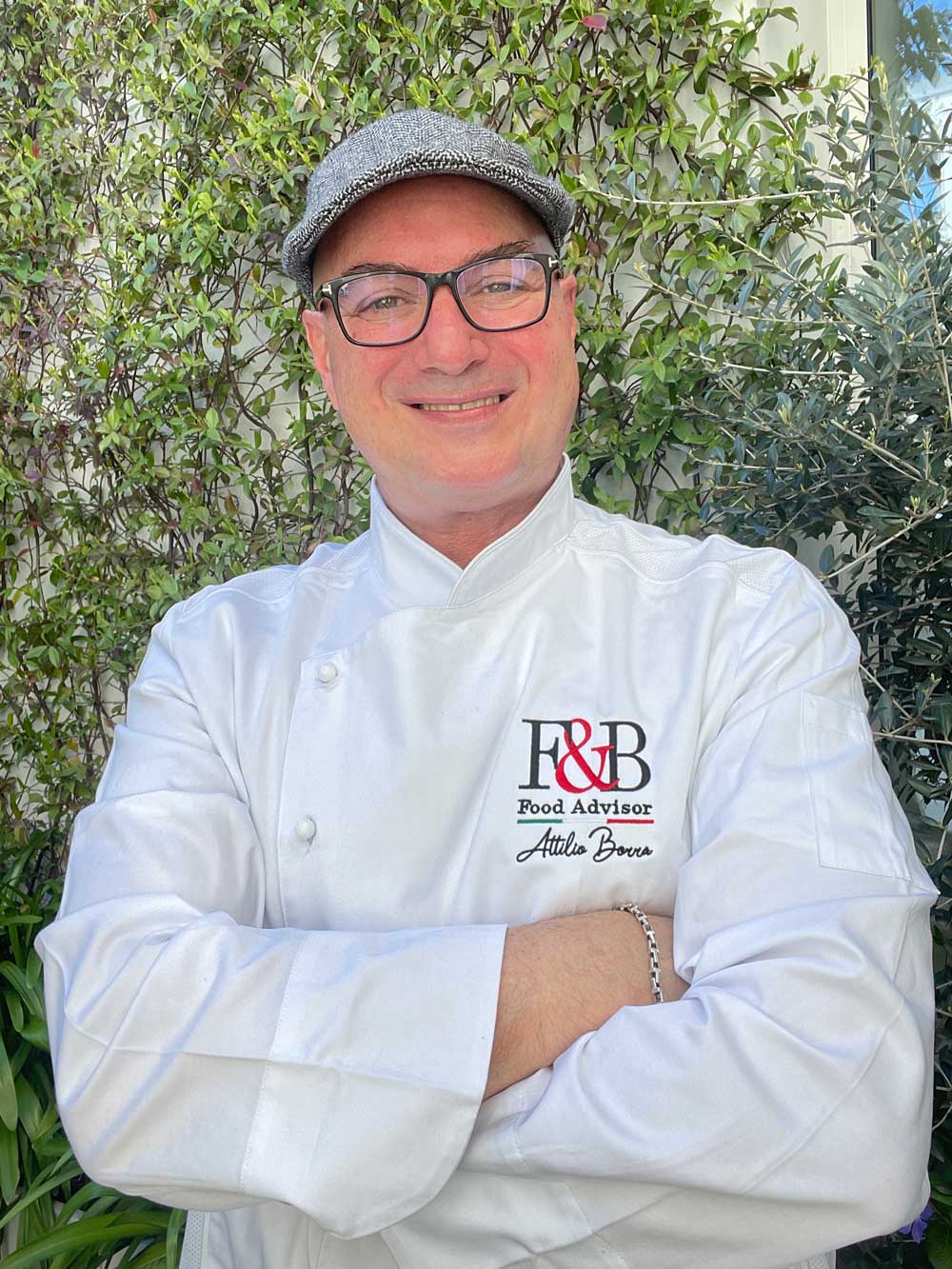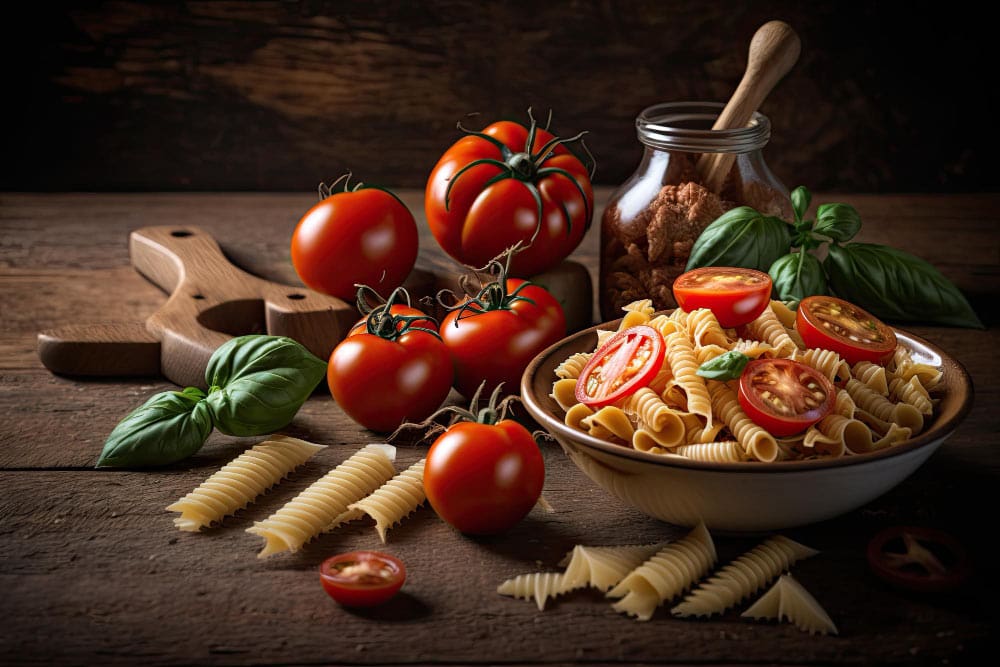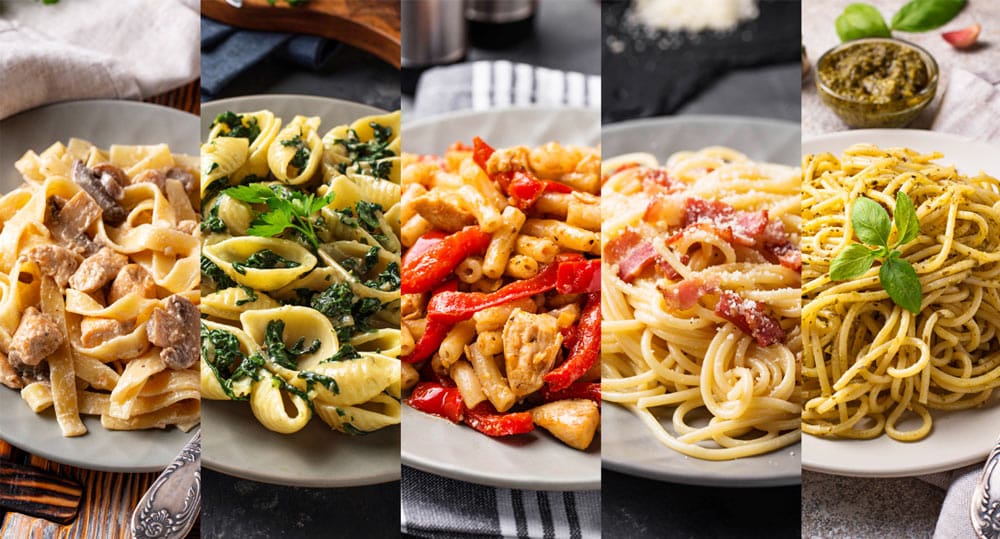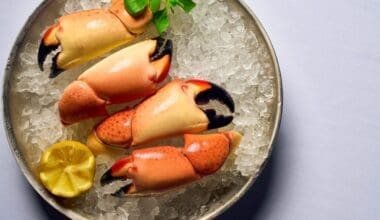Hi, I’m Attilio Borra, an Italian food advisor. I started my career in the food industry as a chef in different restaurants in Italy and around the world. I feel privileged because I had the chance to work with some great chefs who taught me the rules of the restaurant business and the secrets in the kitchen. I also lived in Miami for a number of years and was fortunate to witness the magnificent transformation of Miami’s culinary landscape, which with each passing year has become a thriving hub for gastronomic delights.
But the most important thing I learned was how to recognize raw ingredients, how fresh they are, and how to prepare them properly to preserve their nutritional properties. So that’s what I’m going to write about, learning about food, how to cook it, and how to understand if it’s good for us or not.

So I want to ask you: do you know the difference between food and nutrition?
The concept of healthy eating is sometimes considered synonymous with food for the sick. This is a serious mistake. In a healthy diet, the feeling of pleasure in eating must not be lost. Italian cuisine, for example, is based on the model of the Mediterranean diet, which has an excellent tradition and helps to preserve the link between food, health and taste. In this article we will try to understand in more detail the relationship between nutrition and health.
Nowadays, when the management times of our social life take precedence over our biological needs, we often tend to pay little attention to the meaning of the term “EAT” and completely ignore that of the term “FEED”, two aspects of life that at first sight seem to be the same, but in reality express completely different concepts.
“Eating” means taking food to satisfy hunger. One of the problems of our time, as far as food is concerned, is precisely the fact that we tend no longer to eat only to satisfy the sensation of hunger, but to do so more and more often out of greed at different times of the day to pass the time, perhaps before a movie, a soccer game, while studying or even in the evening clubs, finding in the act of eating an excellent excuse to create an opportunity to entertain ourselves. Eating is a hedonistic act, humans take pleasure in eating, but often abuse it by seeking relief or comfort in it.
This is where the meaning of the term “FEED” comes into play. “Feeding” means providing our bodies with the substances they need in the right amounts and proportions to function properly, in the form of macronutrients (proteins, carbohydrates and lipids) and micronutrients (vitamins, minerals and other elements). In other words, eating means consuming foods that provide us with the nutrients we need to feel better, depending on our physiological conditions.

Today we are witnessing the paradox that the world population, especially in Western countries, is overfed but undernourished. The accessibility and availability of food is increasing and the exploitation of land and intensive breeding, chemical preparations, freezing, industrial processing and transportation are weakening the organoleptic qualities of what ends up on the plate. Nutrition, therefore, presupposes a concrete food education, but without taking away the pleasure of eating, and a lifestyle that is as healthy as possible, in which there is also room for physical activity.
There is no “standard” diet that is suitable for everyone, but a food education must be carried out. So what is considered a healthy diet?
Healthy foods contain all the nutrients that are essential for our bodies: Carbohydrates, proteins, fats, vitamins and minerals.
But that’s not all. They must all be intact, even after the manufacturing, growing and cultivation processes they were subjected to before they reached the table. This means that food must go through as few manufacturing processes as possible so that it arrives at our table with most of its properties intact. In fact, buying pre-cooked or packaged foods that may be designed to “go” from freezer to pan” means you are eating foods that have lost most of their benefits. In other words, these are foods that certainly cannot be called “healthy” in the true sense of the word.

So, in order to achieve the goal of eating properly and not just eating to fill the stomach or throat, we must learn to support the biological rhythms as much as possible. When we are not hungry, it is better not to eat. When we are sick, we should not force ourselves to eat at any cost. On the other hand, if we are hungry, we should eat a sparing meal and not wait until we are full. In reality, it is necessary to understand where the real stimulus of “hunger” stops and where the sweet tooth or nervous appetite begins. When we are clear about this, we will no longer be victims of compulsive eating behavior or impulsive eating decisions, even when shopping.
Speaking of shopping: It would be better if you did not go to the supermarket with an empty stomach. In fact, this way you are much less likely to buy unhealthy food, or junk food. When you are in the supermarket, it is always wise to prioritize your choice of ingredients. Prefer to choose fresh food, then frozen food, and finally canned or pre-cooked food. The latter you should choose only as a last resort or in emergencies.
Another feature of a healthy diet is to buy food considering its seasonality. When we talk about seasonality, we usually think of fruits and vegetables. To tell the truth, today there are very few people who know this seasonality, while until the last century even children knew this natural knowledge. Many people know it exists, but they do not know it in detail, so they do not know, for example, which fruit or vegetable really belongs to summer, which fruit belongs to spring, and so on. But there is also another class of products that we do not perceive as seasonal, and that is fish. You may not have known it, but fish also follow a seasonal pattern. They obviously reproduce at certain times of the year, so a certain type of fish will reproduce at a certain time of the year. As for fish (but that’s a perfectly valid argument, with the corresponding differences for meat as well), I would strongly advise you to avoid buying farmed fish, which are often fed with feeds that we know may also contain chemical ingredients and residues from farmed treatments.

As for meat, however, we must try to find meat from animals raised in the wild, on mountain pastures, and not in industrial farms where breeding has now taken the form of an assembly line. Healthy meat is that from grazing animals and not from animals raised on intensive farms. From a chemical point of view, there is a clear difference between the meat of animals raised in freedom and that of other animals raised in intensive agriculture. A difference for which we pay very heavily in our bodies.
We have reached the end of this article about healthy foods and how to choose them to eat healthy. I hope I could give you some interesting ideas and tips on how to improve your diet.
In the next few weeks we will thoroughly analyze many individual products that are used in many kitchens on a daily basis, such as olive oil, parmesan cheese, balsamic vinegar, pasta, rice, cured meat, etc., describe their properties and nutritional values and, of course, cook a recipe for them that will satisfy both your palate and your body.
Write to me at attilio@miamidaily.life and let me know if you have any special requests or would like to share an experience.
So, until next week, see you in the kitchen. Ciao!






